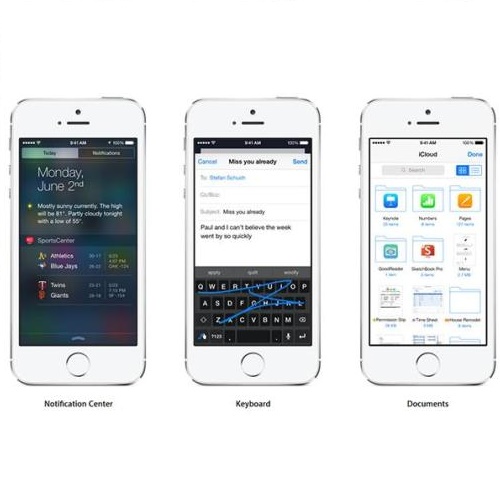Emerging 802.11p vehicle-to-vehicle (V2V) networks rely on periodic Basic Safety Messages (BSMs) to disseminate time-sensitive safety-critical information, such as vehicle position, speed, and heading -- that enables several safety applications and has the potential to improve on-road safety. Due to mobility, lack of global-knowledge and limited communication resources, designing an optimal BSM broadcast rate-control protocol is challenging. Recently, minimizing Age of Information (AoI) has gained momentum in designing BSM broadcast rate-control protocols. In this paper, we show that minimizing AoI solely does not always improve the safety of V2V networks. Specifically, we propose a novel metric, termed Trackability-aware Age of Information TAoI, that in addition to AoI, takes into account the self risk assessment of vehicles, quantified in terms of self tracking error (self-TE) -- which provides an indication of collision risk posed by the vehicle. Self-TE is defined as the difference between the actual location of a certain vehicle and its self-estimated location. Our extensive experiments, based on realistic SUMO traffic traces on top of ns-3 simulator, demonstrate that TAoI based rate-protocol significantly outperforms baseline AoI based rate protocol and default $10$ Hz broadcast rate in terms of safety performance, i.e., collision risk, in all considered V2V settings.
翻译:802.11p 车辆到车辆(V2V)网络的出现取决于定期的基本安全信息(BSM)定期传播时间敏感的安全关键信息,如车辆位置、速度和航向 -- -- 使若干安全应用得以实现,并有可能改善公路安全。由于机动性、缺乏全球知识和有限的通信资源,设计最佳的BSM广播速控协议具有挑战性。最近,信息年龄最小化(AoI)在设计BSM广播速控协议方面获得了势头。在本文中,我们表明,将AoI 最小化仅仅并不总能改善V2V2V网络的安全性。具体地说,我们提出了一个新的指标,即信息TAoI 的可追踪性识别时代,除了AoI 外,还考虑到车辆的自我风险评估,从自我追踪错误(自我跟踪)中量化,这显示了车辆造成的碰撞风险。自定义为特定车辆的实际位置与其自估定位置之间的差别。我们根据基于最大比例的SUMO iVA-3 级安全率上真实的iMO交通轨迹进行广泛的实验,基于基于高压压压压压压压压压标准的所有标准。





